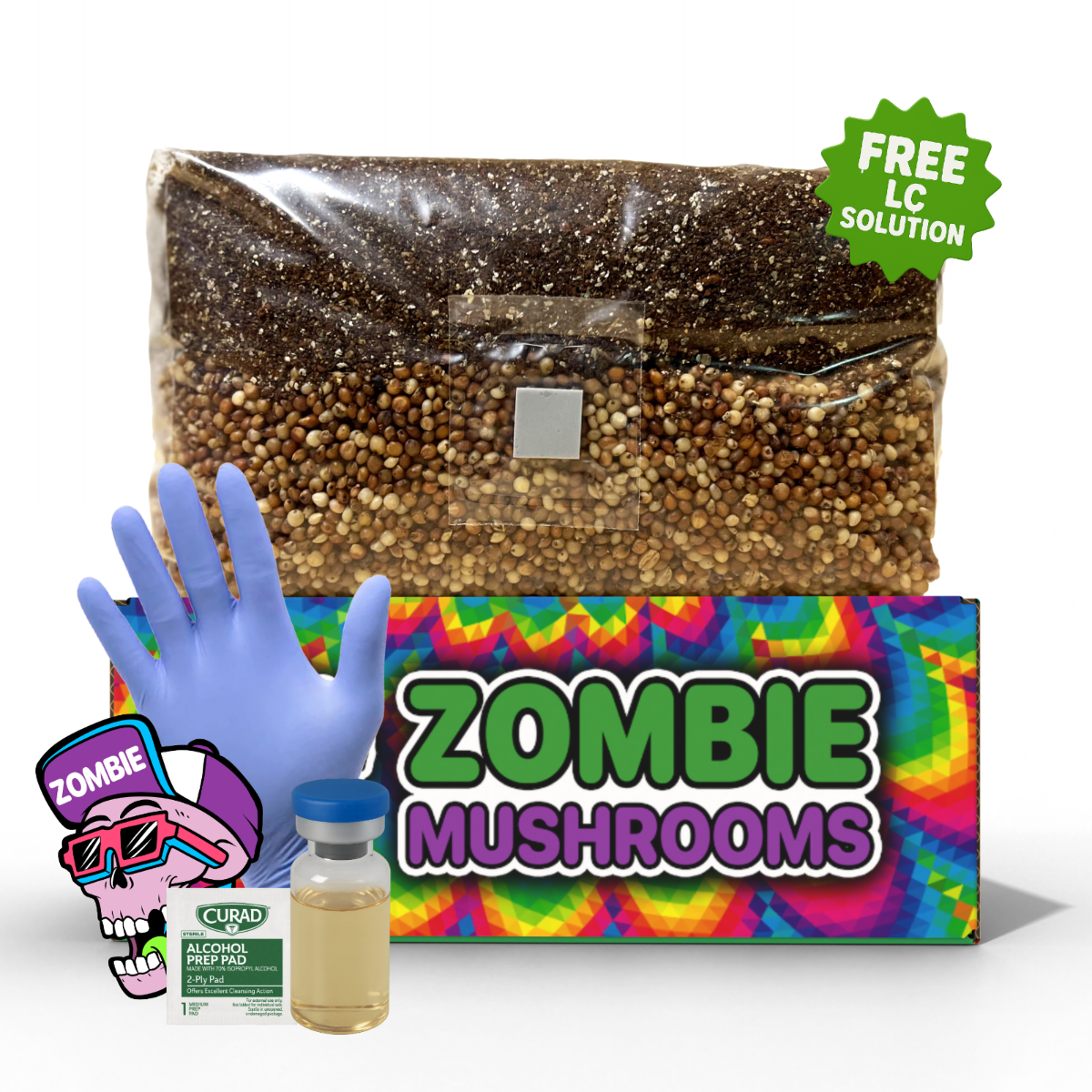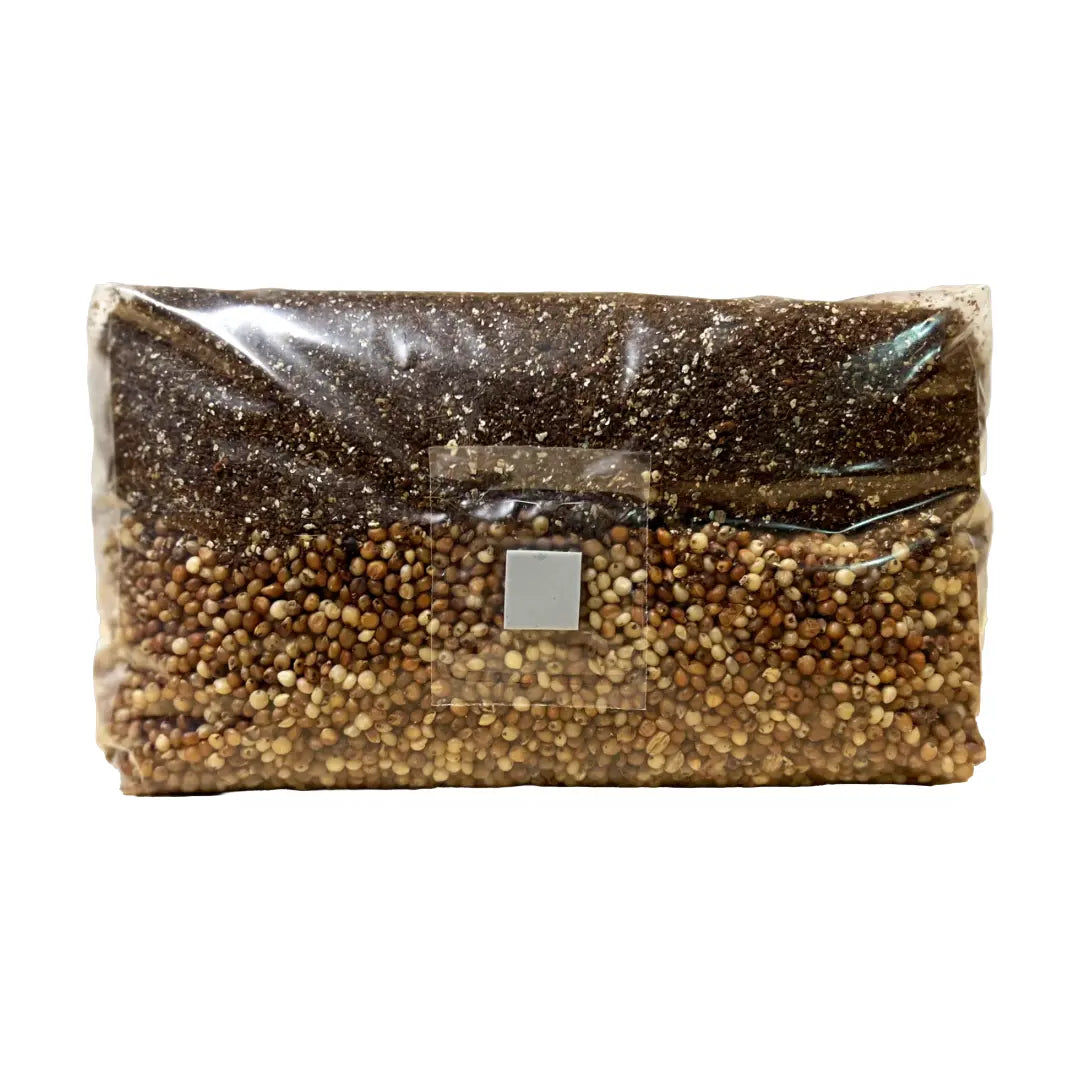- Home mushroom cultivation offers fresher, more flavorful, and more affordable mushrooms compared to store-bought choices.
- Oyster mushrooms and Lion’s Mane stand out as some of the simplest and most satisfying types for be ginners to cultivate.
- Keeping the right humidity, temperature, and airflow is key for stopping contamination and making sure growth is healthy.
- Using good substrates such as hardwood sawdust or coffee grounds boosts output and sustainability.
- Homegrown mushrooms present adaptable cooking uses, from sautés to medicinal extracts for extra health perks.
Why Grow Mushrooms at Home?
Growing your own mushrooms right at home is an exciting and satisfying thing to do. Not only do homegrown mushrooms taste better and are fresher when you compare them to store-bought kinds, but they also give a cheap, sustainable, and nutritious food source. Whether you're someone who loves gardening, a person who eats with health in mind, or just seeking a new hobby, home mushroom cultivation can be a great thing to add to your home, especially when starting with mushroom grow bags.

Benefits of Home Mushroom Cultivation
Home mushroom cultivation has many good points that are more than just making food.
Unmatched Freshness and Flavor
Mushrooms start losing their flavor and food value as soon as they get picked. Store-bought mushrooms often sit on shelves for days, which makes their taste and feel worse. Growing mushrooms at home makes sure you eat them when they are at their freshest point, leading to richer tastes in your meals.
Cost Savings
Buying fresh mushrooms on a regular basis can be costly, mainly for special kinds like Lion’s Mane or shiitake. A single mushroom kit or growing setup can give you several harvests, finally saving you money when you compare it to always buying mushrooms from grocery stores or farmers’ markets.
Health and Nutrition Benefits
Mushrooms are packed with nutrients, giving important vitamins, minerals, and bioactive mixes. Lion’s Mane, as an example, has been looked at for its possible brain power benefits, while oyster mushrooms have antioxidants and mixes that back heart health (Chang & Wasser, 2017).
Sustainability and Environmental Benefits
Growing your own mushrooms lessens how much we depend on big commercial farming, which uses too much water, transport, and packing. Lots of common mushroom substrates, like coffee grounds and straw, use farm leftovers, making mushroom cultivation a nature-friendly way of doing things.

Choosing the Right Mushroom Variety
Picking the right mushroom type is important for a good harvest. Beginners should begin with easy-to-grow types before trying out more tricky species.
Best Mushrooms for Beginners
Oyster Mushrooms (Pleurotus ostreatus)
- Grow fast and are very tough
- Can do well on different substrates such as straw, coffee grounds, or cardboard
- Come in many colors (yellow, blue, pink) for nice looks
Lion’s Mane (Hericium erinaceus)
- Known for its special, shaggy look and seafood-like feel
- Full of mixes that may help brain health
- Grows a bit slower than oyster mushrooms but still good for beginners
More Challenging Varieties for Advanced Growers
- Shiitake – Needs wood-based substrates like hardwood logs or sawdust
- Reishi – A medicinal mushroom that needs long waiting times
- Maitake (Hen of the Woods) – Likes being grown outside on hardwood stumps

Explore Specific Mushroom Growing Guides
If you're ready to dive deeper into growing particular mushroom types at home, check out our detailed guides below. These articles cover step-by-step cultivation methods for a variety of mushrooms, helping you expand your home mushroom farm with confidence:
Setting Up the Perfect Growing Environment
Mushrooms have special growing needs that must be followed to make sure you get a healthy harvest. Things like temperature, humidity, light, and airflow all have a part in how well home mushroom cultivation works.
Ideal Temperature and Humidity
- Most mushrooms do best between 60-75°F (15-24°C).
- High humidity amounts of 80-90% stop drying out too soon and cracking.
Pro Tip: Use a humidity reader and temperature control system if you are growing inside.
Lighting Conditions
Not like normal plants, mushrooms don’t need direct sunlight. But, they do need light signals to start making fruit.
- Indirect natural light or LED grow lights are the best.
- Some mushrooms, like reishi, make fruit better in dimmer light.
Airflow & Proper Ventilation
- Mushrooms give off carbon dioxide (CO2) while growing, needing regular fresh air to come in.
- Bad airflow can cause contamination or growth that is too slow. Using a small fan or leaving a small space open in your growing area stops too much CO2 from building up.

Choosing the Right Growing Medium & Substrate
The substrate choice is needed as it gives food for mushroom growth.
Common Substrates and Their Best Uses
- Hardwood Sawdust – Best for fancy mushrooms like shiitake and Lion's Mane.
- Straw – Works best for oyster mushrooms. Be sure to pasteurize it to get rid of bad things.
- Coffee Grounds – A sustainable and nutrient-rich choice for oyster and button mushrooms.
- Coco Coir – Light and holds water well, often mixed with other things.
Beginner-Friendly Option: Pre-sterilized grow bags take away contamination risks and make the process simple.

Understanding Mushroom Spawn
Mushroom spawn works like the "seed" from which fungi grow. There are two main kinds
- Grain Spawn: Fast taking over, good for growing big amounts.
- Liquid Culture: Lets you put into new substrates many times.
When you handle mushroom spawn, being sterile is very important to stop mold and bacterial contamination. Always use clean hands, tools, and work areas.

Maintaining Proper Moisture & Humidity
Right humidity amounts make sure mushrooms grow healthy without too much drying or contamination.
Ways to Keep Humidity High
- Use misting sprays to lightly wet the growing spot.
- DIY humidity tents (plastic bag covers) can hold moisture and keep good conditions.
- If growing inside, humidifiers help keep a steady setting.
Avoid Overwatering: Too much wetness causes bacteria to grow and contamination.

Growth Timeline & What to Expect
Each mushroom type grows at different speeds
- Oyster Mushrooms: 3-4 weeks from putting in spawn to harvest.
- Lion’s Mane: 4-6 weeks to get fully grown.
- Shiitake: Can take up to 3+ months if grown on logs.
Watch for signs of growing, such as fluffy white mycelium taking over before fruiting starts.

Harvesting & Storage
When to Harvest Mushrooms?
- Best time: Just before mushroom caps open up fully.
- Use a clean knife or gently turn mushrooms off at the base.
- Several flushes (harvests) might be possible depending on substrate quality.
Storage Tips for Freshness
- Keep mushrooms in a paper bag in the fridge to stop them from getting soggy.
- Keep extra harvest by drying, freezing, or pickling.

Common Issues & Troubleshooting
Mold Contamination → Take out bad spots and make airflow better.
Slow Growth or No Fruiting → Check humidity amounts and fresh air coming in.
Shriveled or Dry Mushrooms → Make humidity higher with misting or humidifiers.
Are Mushroom Grow Kits Worth It?
For beginners, mushroom grow kits give a simple and sure way to begin cultivating mushrooms without needing to get hard to find things.
Why Consider a Grow Kit?
Pre-inoculated & Ready to Grow – No need for sterilizing or hard ways of doing things.
Beginner-Friendly – Just mist every day and watch your mushrooms grow.
High Success Rate – Stops common contamination and growth problems.
Zombie Mushrooms gives good kits for Oyster Mushrooms, Lion’s Mane, and more. Whether you're just starting or making your growing project bigger, these kits make it simple to grow mushrooms at home with trust.
Citations
- Chang, S. T., & Wasser, S. P. (2017). The role of culinary-medicinal mushrooms on human welfare with a pyramid model for human health. International Journal of Medicinal Mushrooms, 19(2), 93-134.
- Royse, D. J., Baars, J., & Tan, Q. (2017). Mushrooms: Cultivation, nutritional value, medicinal effect, and environmental impact. Academic Press.
- Stamets, P. (2005). Mycelium Running: How Mushrooms Can Help Save the World. Ten Speed Press.



